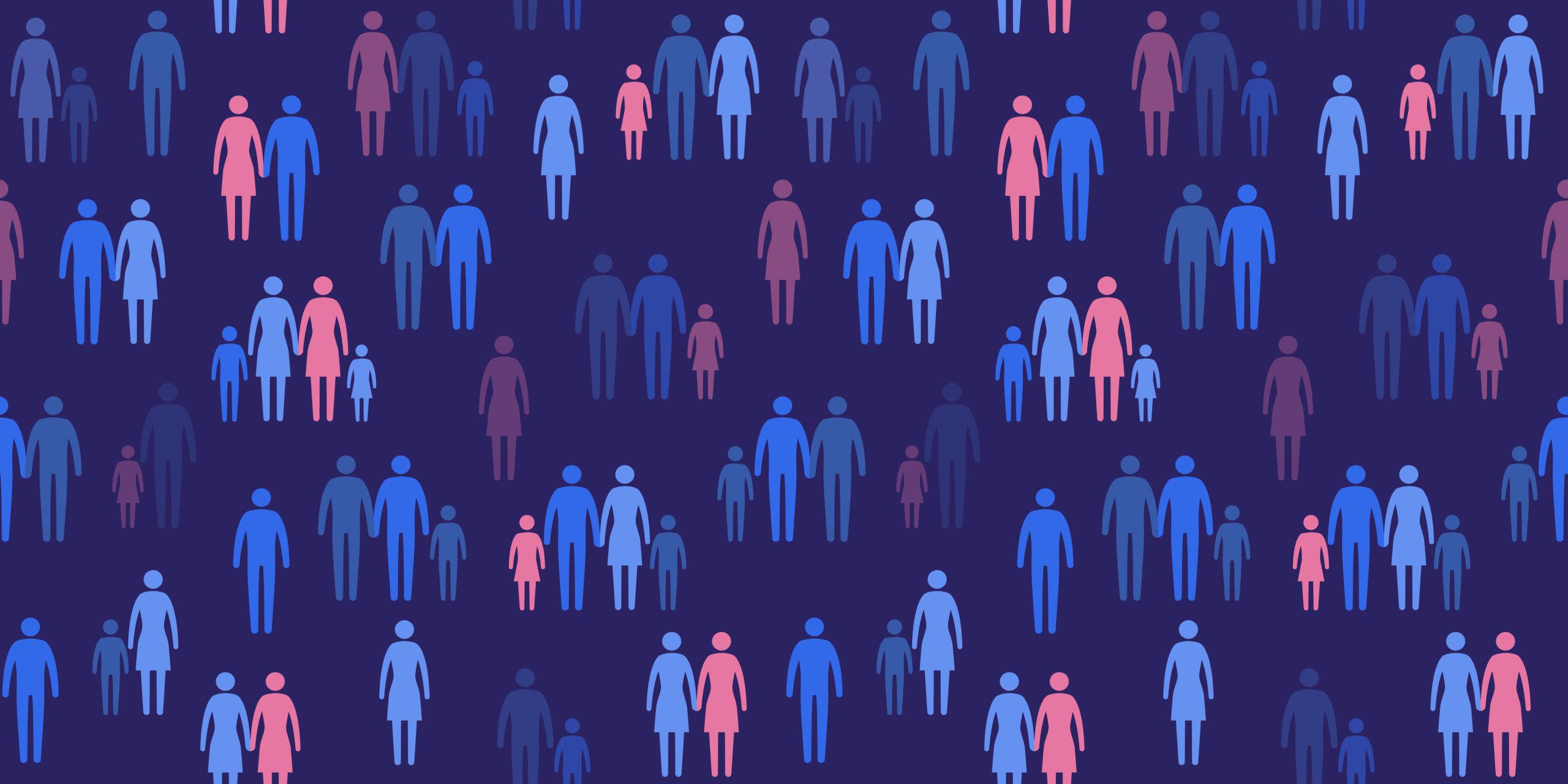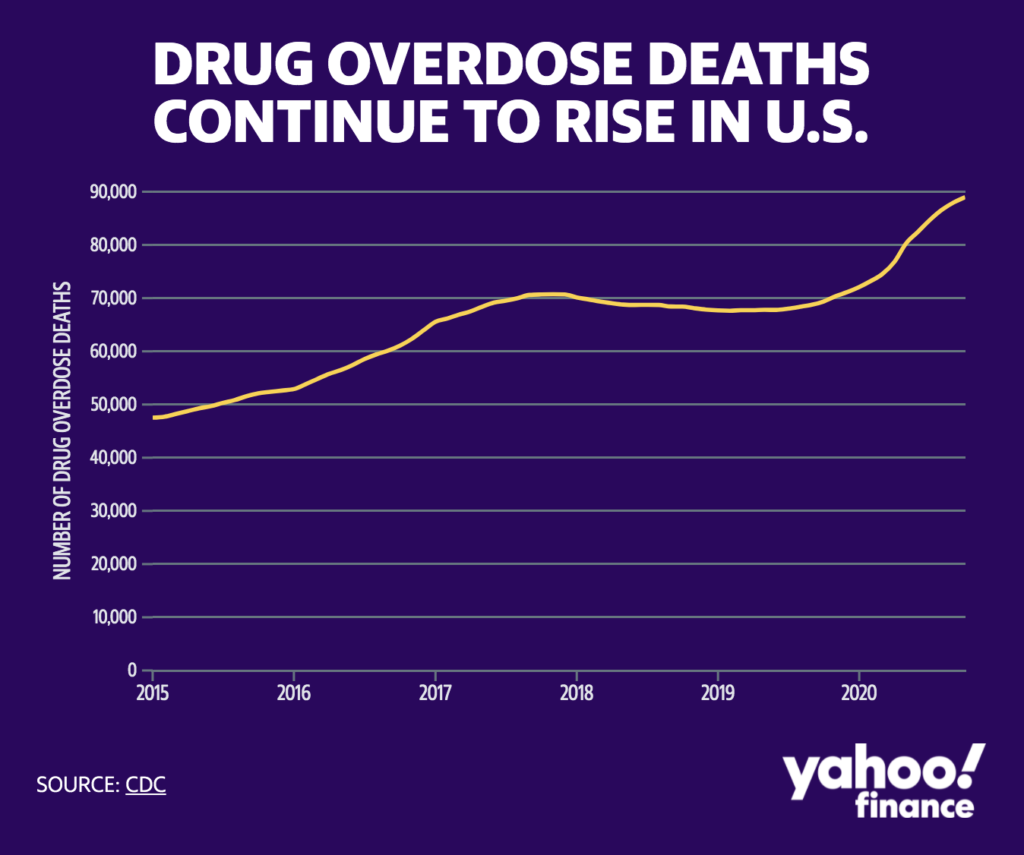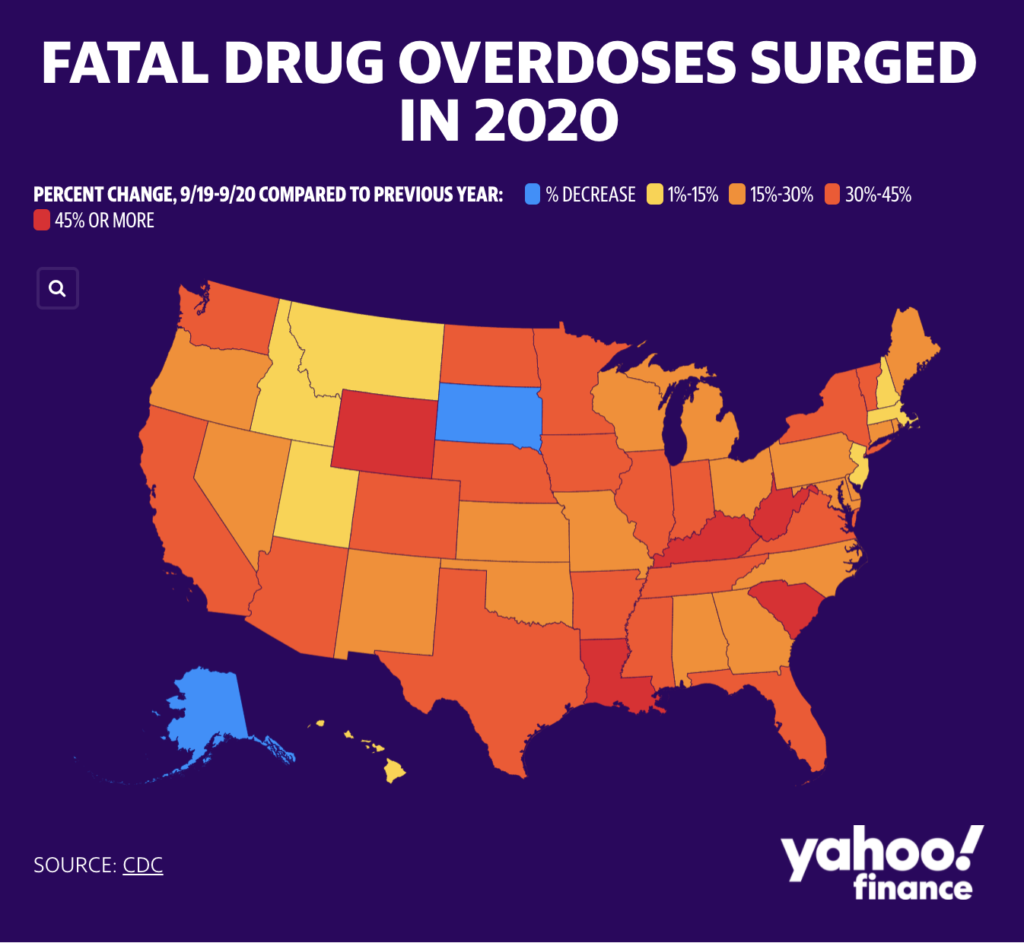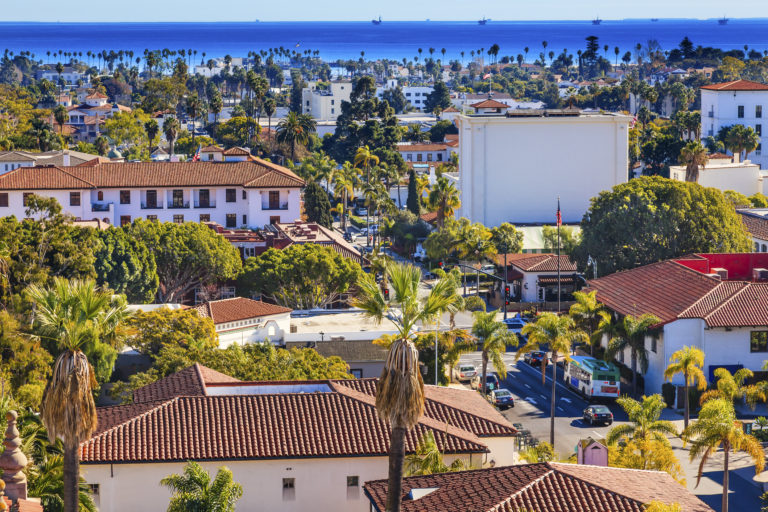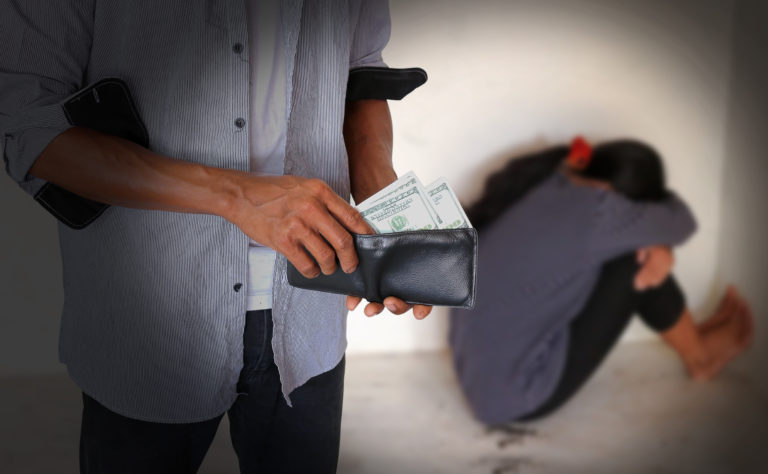We’ve certainly shared lots of statistics about America’s deadly opioid epidemic over the past few years. But it is always interesting (and worthwhile) to dig into the data a little bit deeper when new metrics become available. Yahoo News recently accentuated that fact by sharing the latest charts and trends concerning the crisis. These new learnings dig into geography, race and the connections that can be made between COVID-19 and addiction.
The headline of Yahoo’s latest piece touches on some racial components, specifically Black America and how African-Americans are facing steeper hurdles when it comes to the opioid epidemic. Tracie Gardner, vice president of policy at the Legal Action Center, spoke to the site about the findings, echoing the vulnerability of certain races when it comes to a crisis like this.
“There are some who say: ‘When America has a cold, Black America has pneumonia,’” Gardner explained. “It’s this idea that the inequities that have been perpetuated our entire time in this country have been cumulative. It’s been generational. And each year we don’t address the structural problems, we just pile on more to systems that can’t care.”
And looking at some of the drug stats as a whole, the numbers are not good. Yahoo’s chart is showing a strong uptick in overdose deaths over the past year, with data pointing to an even sharper increase for African-Americans.
In total, the deaths went up by 28 percent over the past 12 months, driven in large part by the synthetic opioid, fentanyl.
The site then took their data even further, digging into the actual states where opioid deaths were most prominent. Looking at the map below, you can see that 48 out of our 50 states had an increase in fatal ODs last year; with South Carolina and Louisiana seeing spikes of 45 percent or more.
Harkening back to the racial component, the states with the biggest increases due tend to have larger African-American populations (as opposed to the lowest OD state, Alaska). And the article points out that Black Americans were nearly 3 times as likely as their white counterparts to be hospitalized from COVID-19 last year. This, of course, compromises immune systems and has shown links to increased substance abuse.
When looking at the connections between COVID-19 and opioid addictions, there are many theories as to why contracting the disease and living with quarantines is driving people to use more. Nora Volkow, director at the National Institute for Drug Abuse, spoke to Yahoo with some input of her own.
“The way that some people cope with all of this is to take drugs,” Volkow concluded. “That’s one element. The vulnerability is higher. And then the other one is the drugs that are accessible. This has been something that we’ve been noticing over the past five years that more and more the illicit drug market was actually being expanded into synthetic drugs which are much more potent, and therefore much more dangerous. That’s been accelerated during the COVID pandemic.”


